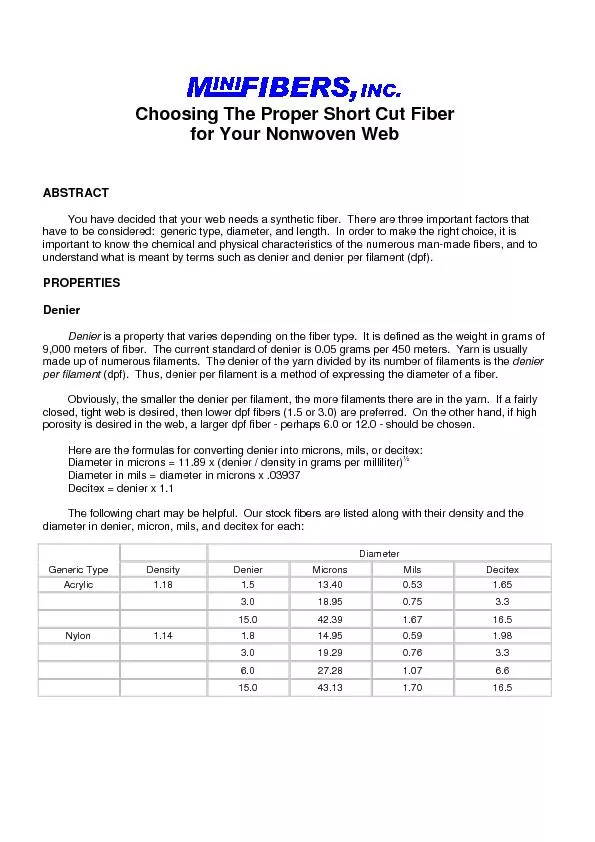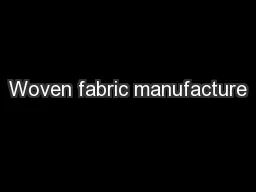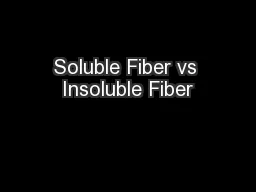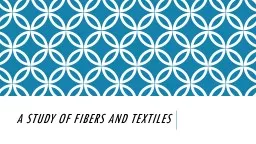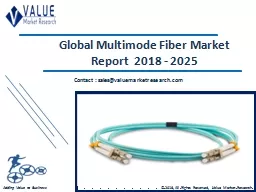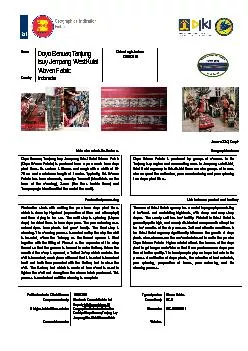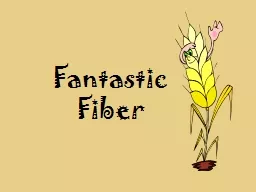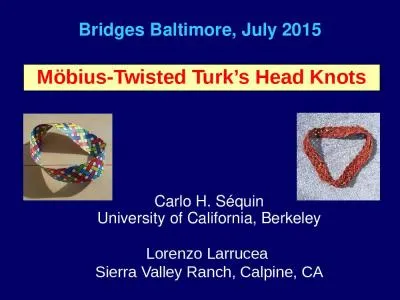PDF-Choosing The Proper Short Cut Fiber for Your Non woven Web
Author : mitsue-stanley | Published Date : 2017-04-06
ensityeniericronsilsecitex crylic1853405365 0895753 502396765 ylon1484955998 0929763 0728076 503137065 eneric Type iameter ensity Denier Microns Mils Decitex olye
Presentation Embed Code
Download Presentation
Download Presentation The PPT/PDF document "Choosing The Proper Short Cut Fiber for ..." is the property of its rightful owner. Permission is granted to download and print the materials on this website for personal, non-commercial use only, and to display it on your personal computer provided you do not modify the materials and that you retain all copyright notices contained in the materials. By downloading content from our website, you accept the terms of this agreement.
Choosing The Proper Short Cut Fiber for Your Non woven Web: Transcript
Download Rules Of Document
"Choosing The Proper Short Cut Fiber for Your Non woven Web"The content belongs to its owner. You may download and print it for personal use, without modification, and keep all copyright notices. By downloading, you agree to these terms.
Related Documents

